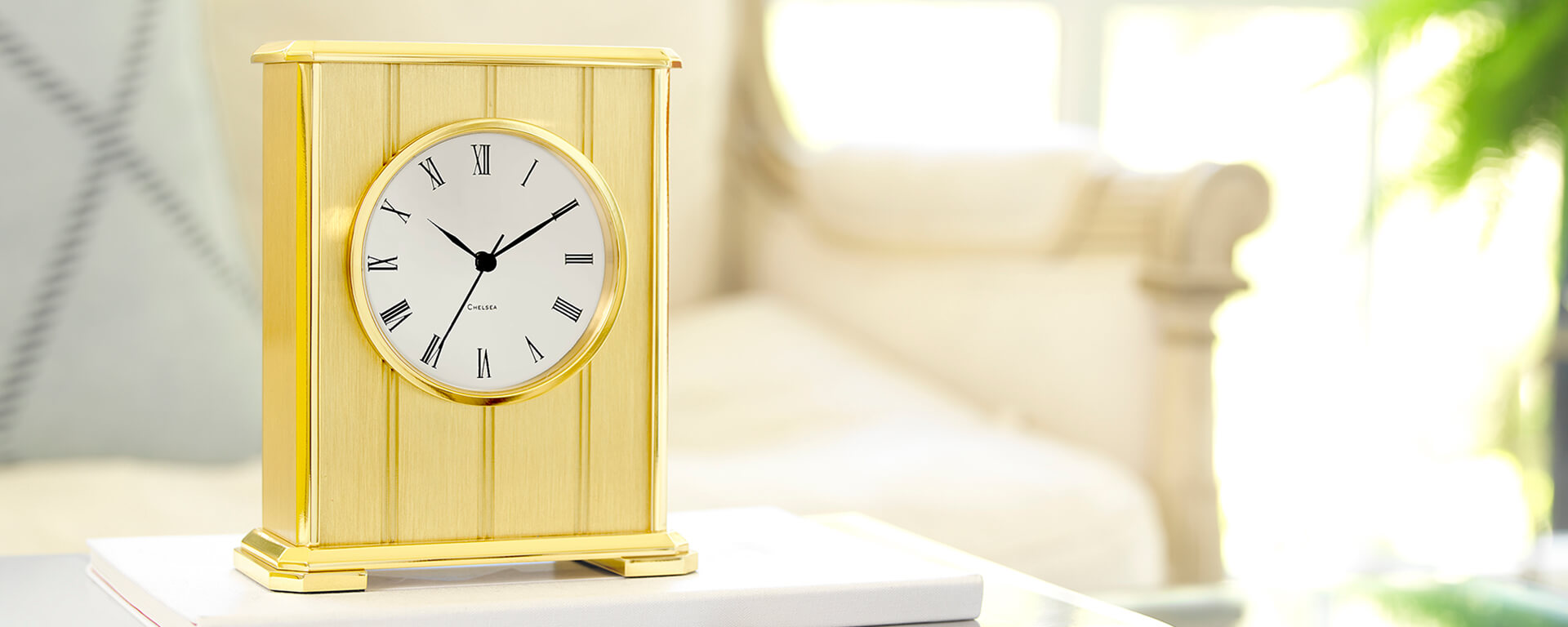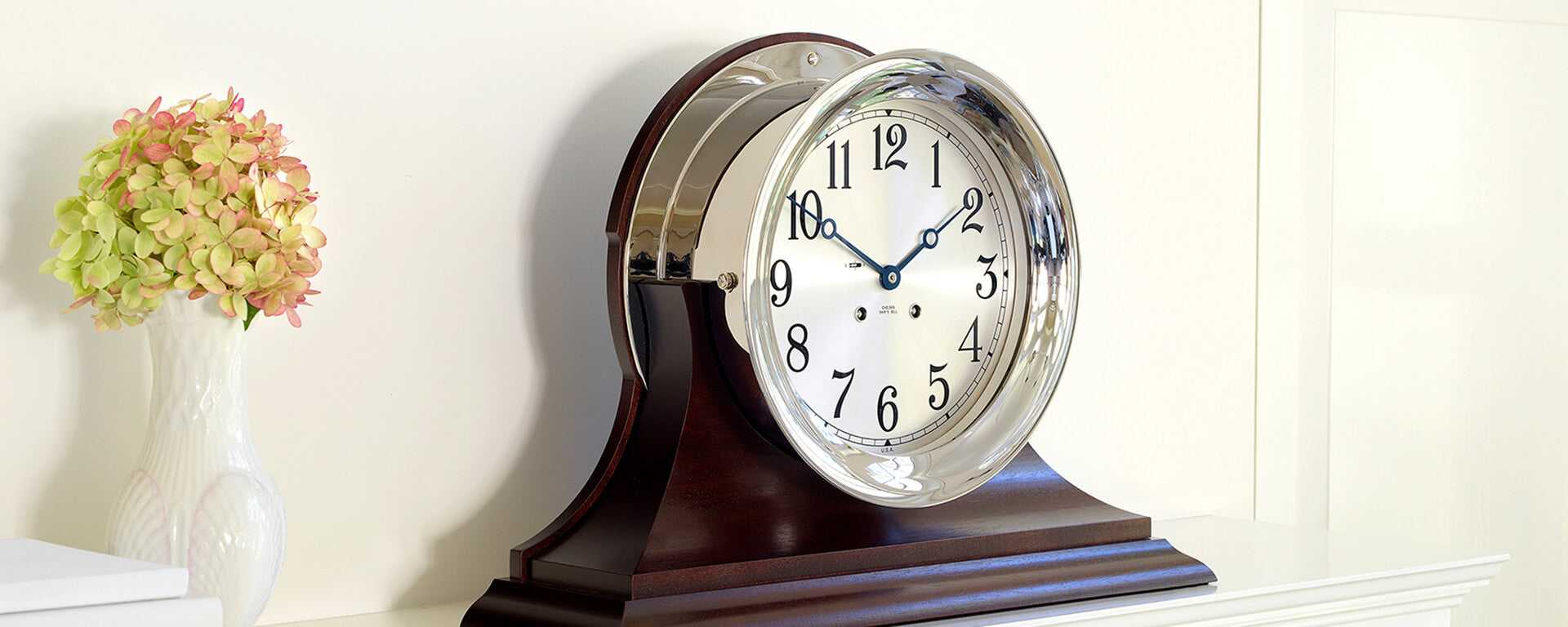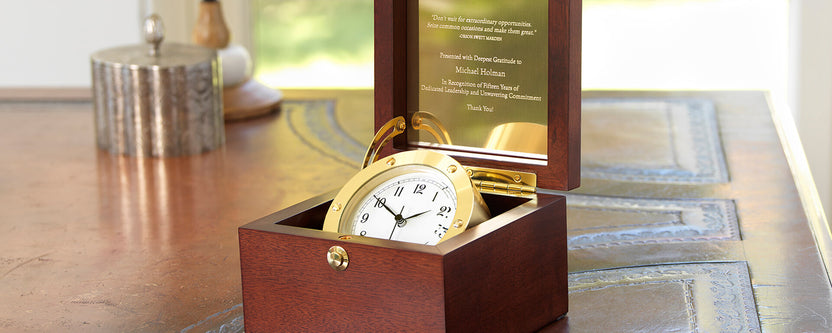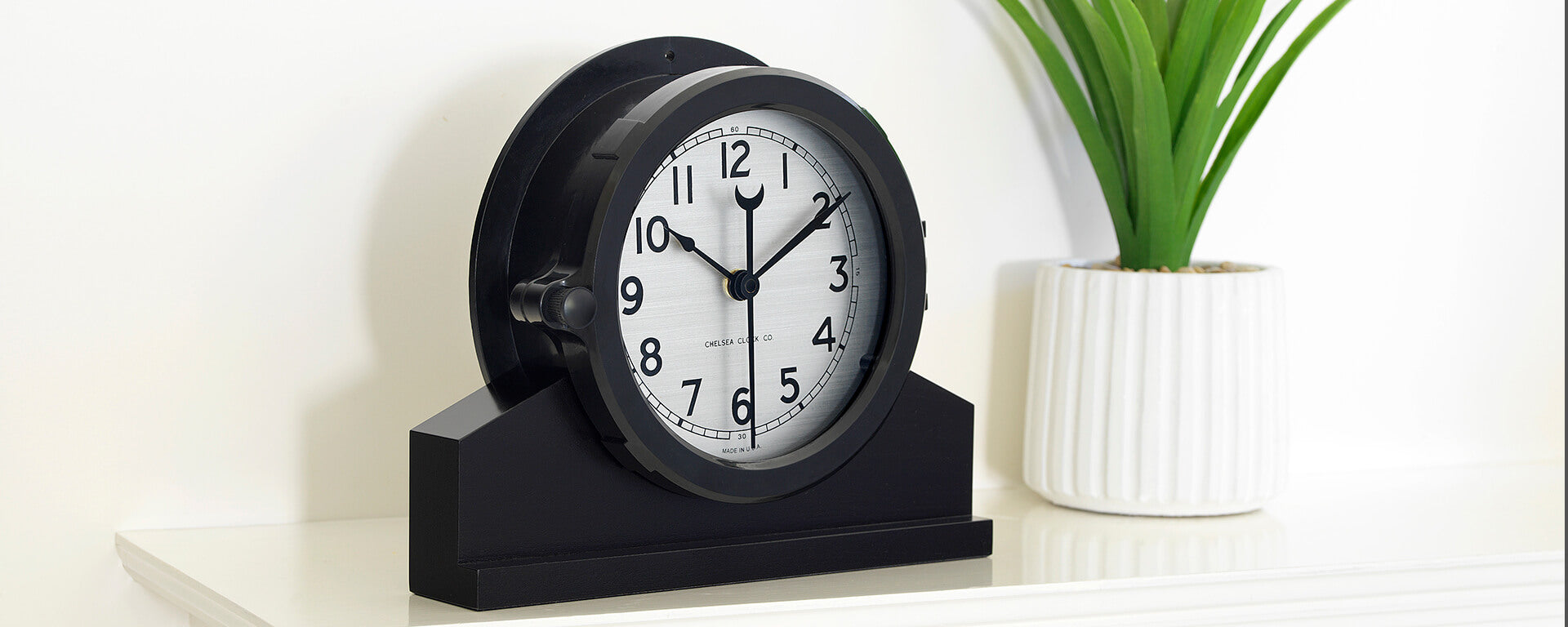How to Read a Tide Clock

Many people in the U.S. rely on a tide clock for either their professional pursuits or coastal hobbies. A high-tide low-tide clock lets you know where the ocean waters are in relation to the shoreline, which is vital information for many nautical activities.
If you're looking to purchase your first tide clock, you may be wondering how to use them as part of your routine. In this guide, the experts at Chelsea Clock explain how to read our handmade tide clocks. We also look has how these instruments work and why they are important to own.
What is a Tide Clock?
A tide clock, which is both a useful navigational instrument and an attractive piece of art, is as the name suggests: a clock that keeps track of the ocean's tides. If you're using a tide clock to tell the time, you're looking at the wrong instrument.
For centuries, those who have spent significant amounts of time on or near the sea have monitored the tides. Knowing the tides can help ships navigate along coastlines, aid fishermen in catching a big haul or allow surfers to ride a monster wave. By owning a tide time clock, you'll have the knowledge you need to operate productively and safely.
How Do Tide Clocks Work?
Tide clocks are all about the moon and the sea. The moon's gravity (or pull) is the main factor affecting tidal movements. By tuning a tidal clock based on its location (the Eastern Seaboard of the U.S., for example), the tides can be tracked.
It's important to note that, for a tide clock to work accurately, it needs to be used in a spot with semidiurnal tidal cycles, which are prevalent on the East Coast of the U.S. and Canada. Semidiurnal denotes two low tides and two high tides of roughly the same size that occur every lunar day (not solar day). When it comes to the tides, you have to get used to thinking in terms of our great big moon.
Not all coastlines are semidiurnal. The U.S. West Coast, in many places, has mixed semidiurnal tides (tides of varying heights); these are more difficult for tide clocks to calibrate. Other areas such as the Gulf of Mexico have only one low tide and one high tide a day, which is called a diurnal tide.

The Correct Way to Read a Tide Clock
When reading a tide clock, try to picture a timeframe of 12 hours and 25 minutes (or thereabouts). This timeframe corresponds to the tidal cycle of a lunar day. On most Chelsea Clock tide clocks, you can see the markings for high tide at the top of the dial and low tide at the bottom of the dial. There are also "mid-tide" markings where the 15-minute and 45-minute points would be on a traditional timepiece.
The good news here is that when learning how to read a tide clock, you only have to pay attention to a single hand (there's usually only one hand to look at anyway). The time between high tide and low tide is approximately six hours and 12 minutes. When the hand is at the noon or midnight position, it's high tide. The 6 o'clock position indicates low tide. The numerals in between the high and low tide markings gauge the hours between high tide, mid tide and low tide. Knowing how many hours remain before a tide comes in or goes out lets mariners prepare for the movement of the oceans accordingly.
As seen in the photo above, some Chelsea tide-time clocks also have a regular 12-hour time display. For these clocks, the black hour and minute hands are for the time of day. The red hand and outer dial markings are for tide tracking. Please keep the difference between solar and lunar time in mind when viewing these two-in-one tide clocks.
Chelsea Clock's Tide Clock Collection
As you can see, a tide clock is a handy instrument to track the tides. As a general rule, the handcrafted tide clocks designed and built by Chelsea Clock are calibrated for the semidiurnal tides found along the Eastern Seaboard of North America (the U.S. and Canada). While these clocks are practical tools for seafarers, they also make striking handmade gifts for anyone generally interested in the oceans or the planetary and lunar physics that govern the tides.
Each tide clock is handcrafted in the U.S. with a precision quartz movement, two-year warranty and free shipping. They also complement Chelsea's luxury clocks and barometers for a sophisticated nautical collection.








